Some eleven years ago I was the lucky owner of a M8, a wonderful camera I kept for six years. Of course it had its quirks. Because of the danger of a magenta tint when shooting colour, it was almost obligatory to use the infra-red filters on the lenses. It also suffered from random power problems: One time out of ten the camera would not start and you had to take off the bottom plate, remove and then replace the battery.
The most obvious quirk, although it isn’t really a quirk, was that the sensor was not full-frame and therefore standard M lenses, intended for the 35mm format, adopted a longer focal length on the M8. The M8 used an APS-H Kodak KAF-10500 CCD image sensor with a crop factor of 1.33
The M8 was not really a snappy camera (fortunately the Ricoh GRD 3, with its CCD sensor, accompanied the M8 at the bottom of my camera bag). I had three aspherical lenses to complement this first digital Leica: A 35mm Summicron, a 24mm Elmar and the wonderfully sharp and versatile 28mm Elmarit. These lenses produced beautiful results, well balanced colours and were a pleasure to use.
Zone focus
Sadly, after six years of enjoyment, severe astigmatism made accurate rangefinder focus impossible. I had to sell the whole system.
But, while struggling with my eyesight, I eventually relied mostly on zone focus, simply checking the depth of field on the lenses and framing the shot. It was not a perfect solution, but it did work quite well, especially, for obvious reasons with the 24mm and 28mm which do have naturally wide depth of field.
I now buy only autofocus cameras and this is obviously a good way of overcoming my eyesight problems. Thanks to John Shingleton, I am also the owner of an X2 in addition to my various Ricoh’s and have rediscovered that special Leica look that I love so much.
I used the M8 mainly to shoot landscapes and family portraits and relied on the GR for travel photography. However, the CCD sensor of the M8 was really amazing and I regret Leica did not keep it on their new cameras.
Scotland
My very first travel with the M8 was back in 2008 when I visited Scotland with my wife and children. I had been a French language assistant in Scotland during the early 80s and lived in Aberdeen for a year. It was terribly cold, and that is for sure not a myth. I travelled around the country extensively at the time and have been returning there once a year with my pupils since the 1990s.
The light is truly amazing up there in northern Britain. Of course you have to cope with the climate, but the fogs and misty veils provide incredible light. So, in 2008 off we went to the very north of Scotland around the Kyle of Tongue to escape the dreadful Normandy weather that summer. We were extremely fortunate as the sun shone almost everyday in Scotland.
As expected, the Highlands were teeming with midges, for those who don’t know what they are, they are a sort of teeny weeny mosquito which you don’t see but certainly feel. They always sting you whatever repellent you use and have a habit of swarming just to add to the agony.
We then moved to the Orkneys to escape the evil midges. Although the landscape is not as rugged as that of the Highlands, there are some beautiful cliff beach walks. The islands are really quiet places where life goes on at a slow pace. The lights and cliffs are spectacular. If you’d like to go there don’t miss the festival in mid July in Stromness and the seal colonies near the Brough of Birsay. There are also many historical sites with standing stones, broughs (primitive forts) and even a village dating back 3500 BC, The slowness of the place fits perfectly with the reflective use of the rangefinder.
La Vallouise
Visiting this valley in the southern Alps was another productive expedition for the M8. My parents were keen alpinists and I have spent all my summer holidays in that valley from an early age. It’s a wonderful place with beautiful mountain streams and waterfalls, plenty of fully-equipped rock-climbing sites and true mountaineering sites.
One of the most famous walks is le refuge du glacier blanc. The glacier has receded by 500 meters since I first went there, which must say something. An early start at five or six in the morning is paramount if you want to avoid the crowd that climbs later during the day. As soon as day breaks you will spot many marmots and chamois all the way up.
First stop is usually when you reach the lake. You have a beautiful view of the surrounding peaks and your first glimpse of the glacier.
At 2500m you reach the mountain refuge. If you wish you can continue up along the glacier and watch the alpinists (my son is second of the rope party in the picture below).
I was also a keen alpinist when younger and my son continues the family tradition. He now lives in Lyon and often goes mountaineering when he’s not working. As you descend you have an amazing view of the valley with the two rivers that converge at the bottom to form a sort of delta before becoming a wild mountain stream.
La Manche
This is my favourite place in Normandy. The coastline west and southwest of Cherbourg is varied, with long sandy beaches, rocky cliffs and small hamlets and fishing harbours such as Port Bail.
A really amazing place is le cap de la Hague which has been nicknamed the French “Little Ireland” with its dry stone walls, small harbour and headlands. You can watch the waves breaking and the light change for hours without noticing the passing of time. Just take up your camera from time to time.
Below: Goury and le Cap de la Hague (Normandy). Valgaudemar and Valuoise are both the name of valleys and villages in the southern Alps 60-70 miles south of Grenoble
Looking back on the images I’m still amazed by the output from the old M8. The 10MP sensor was truly amazing, especially for its time and, even today, it can still hold its own.
The M8 files support large-format images (I printed 47×31 inches with no problem at all). I mostly used the 28mm Elmarit and 35mm Summicron, which are equivalent to 37 and 47mm on the M8’s crop sensor. They are amazing lenses which render beautifully. I still wonder why Leica gave up the CCD sensors and wish they would go back to them.

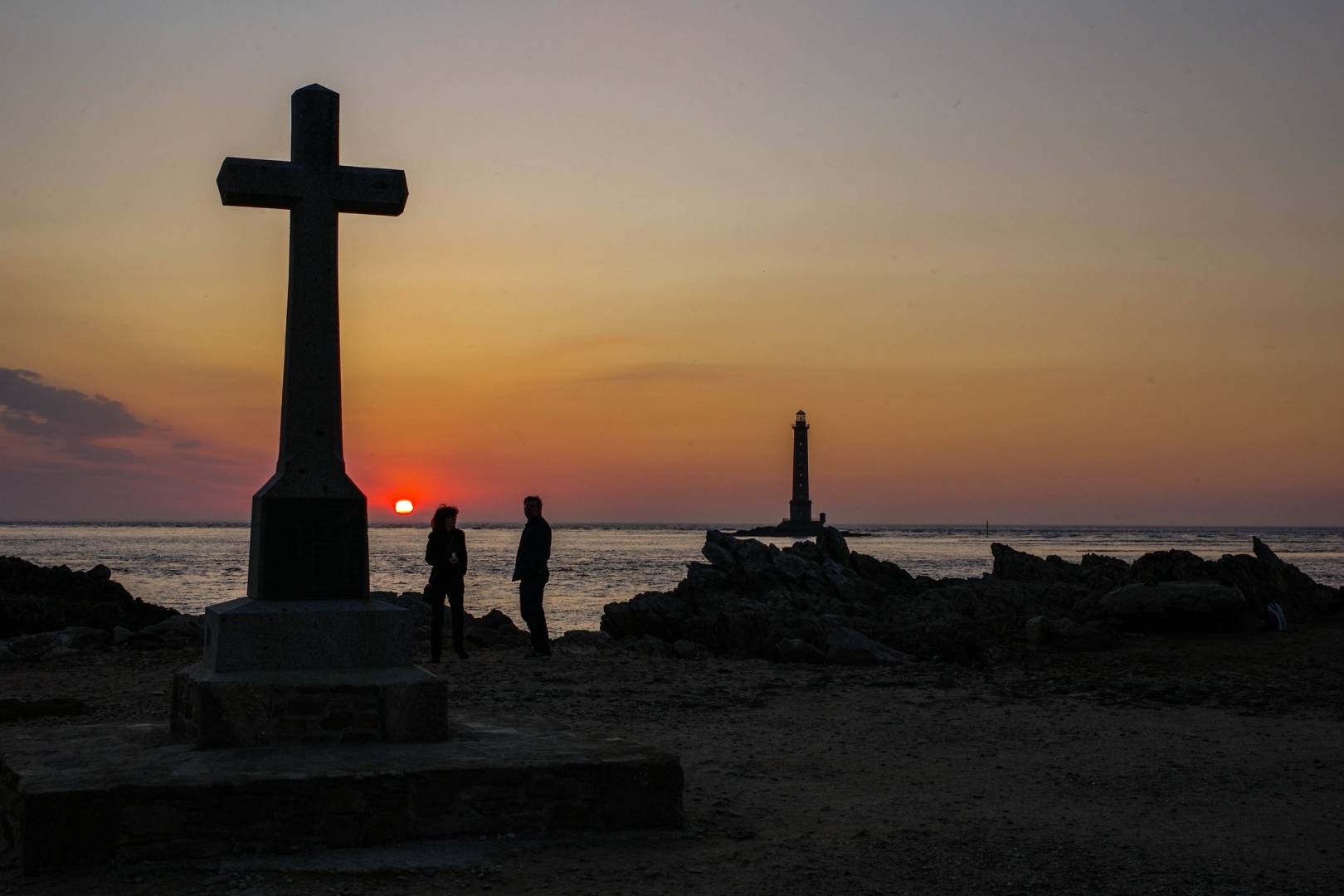


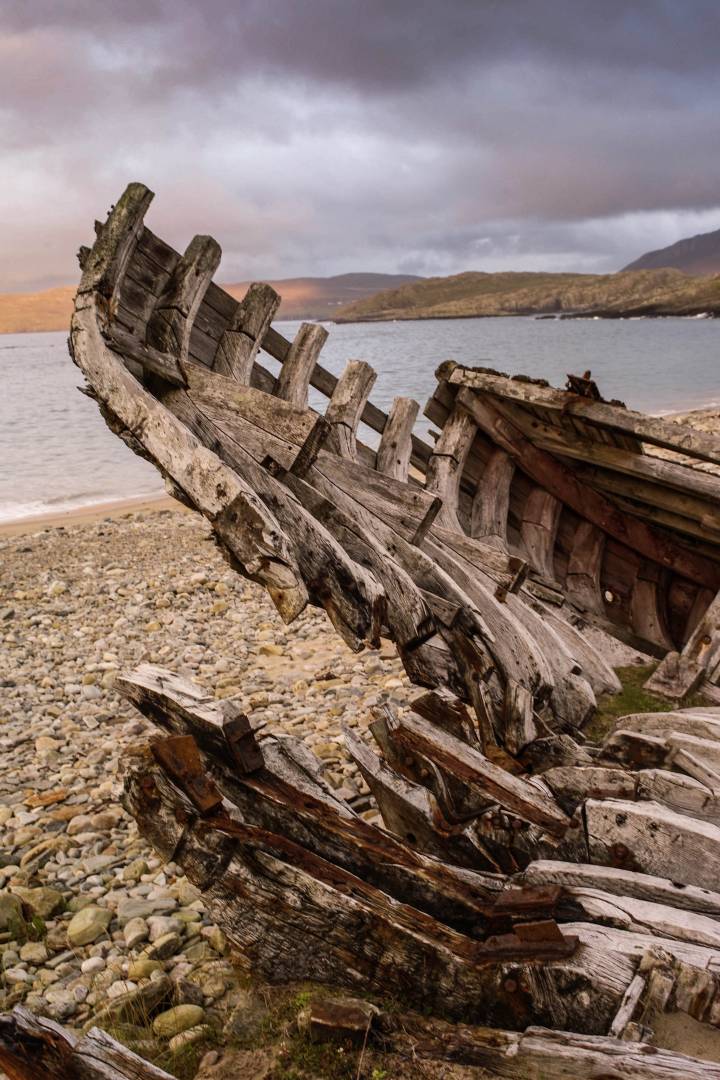
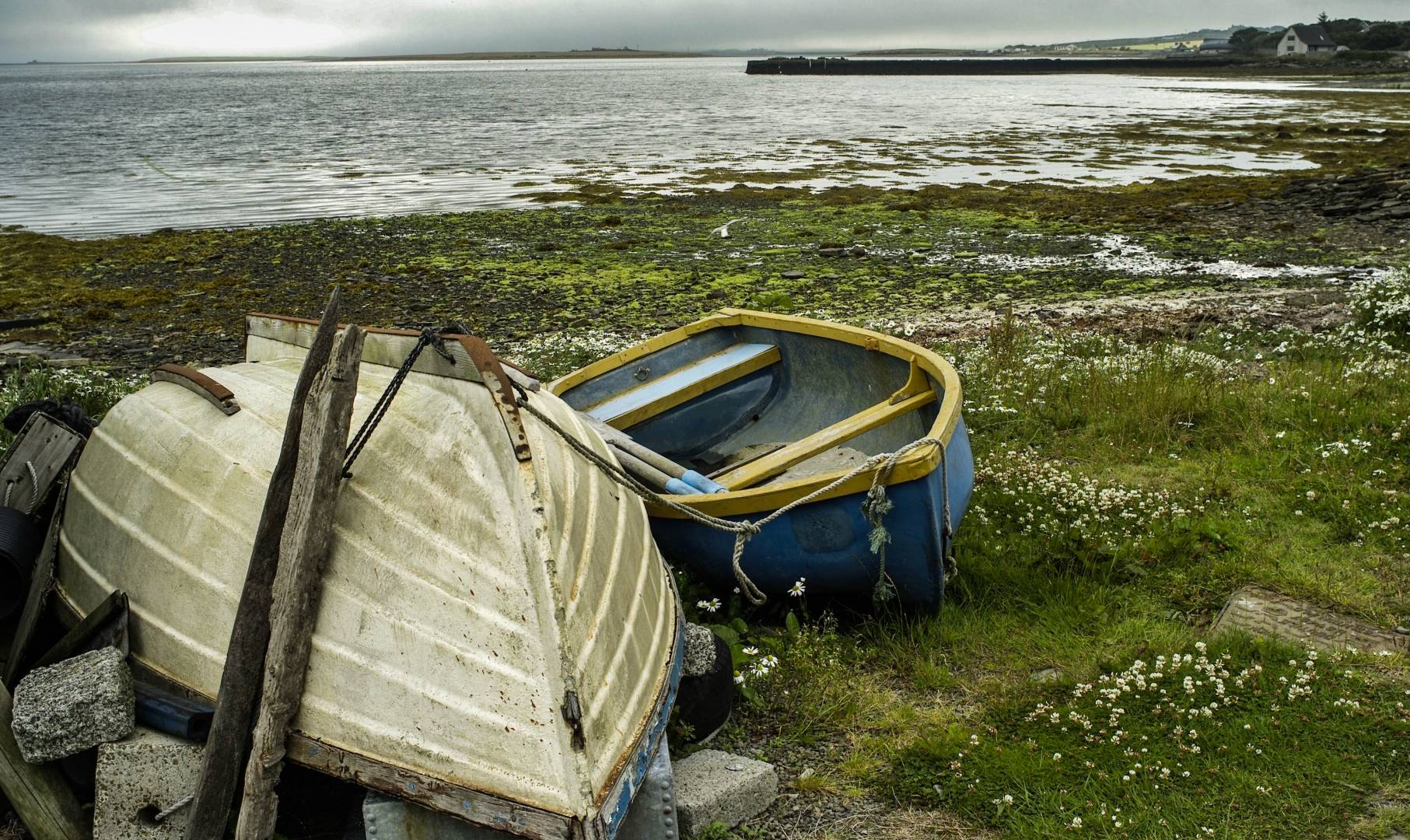
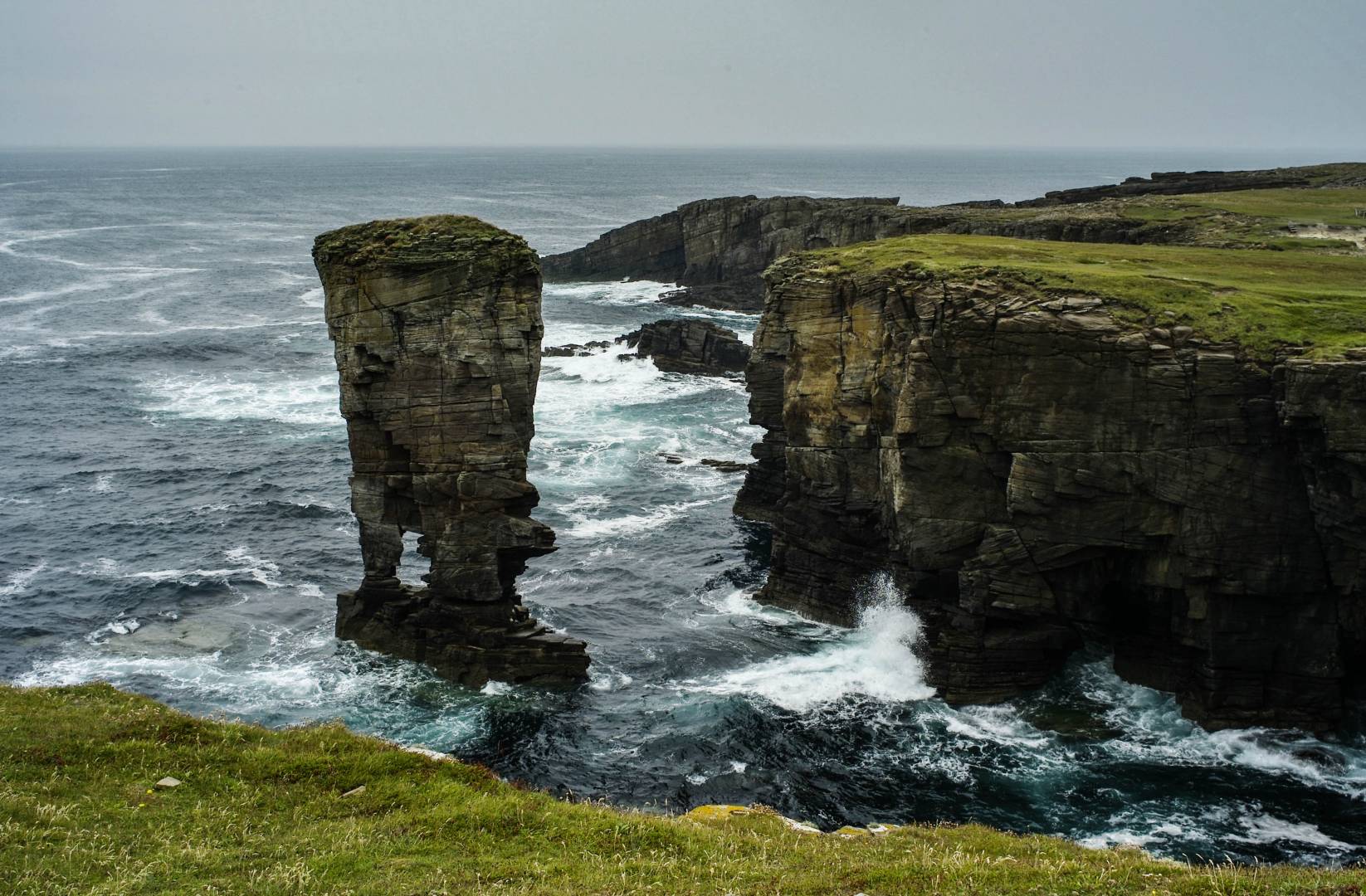
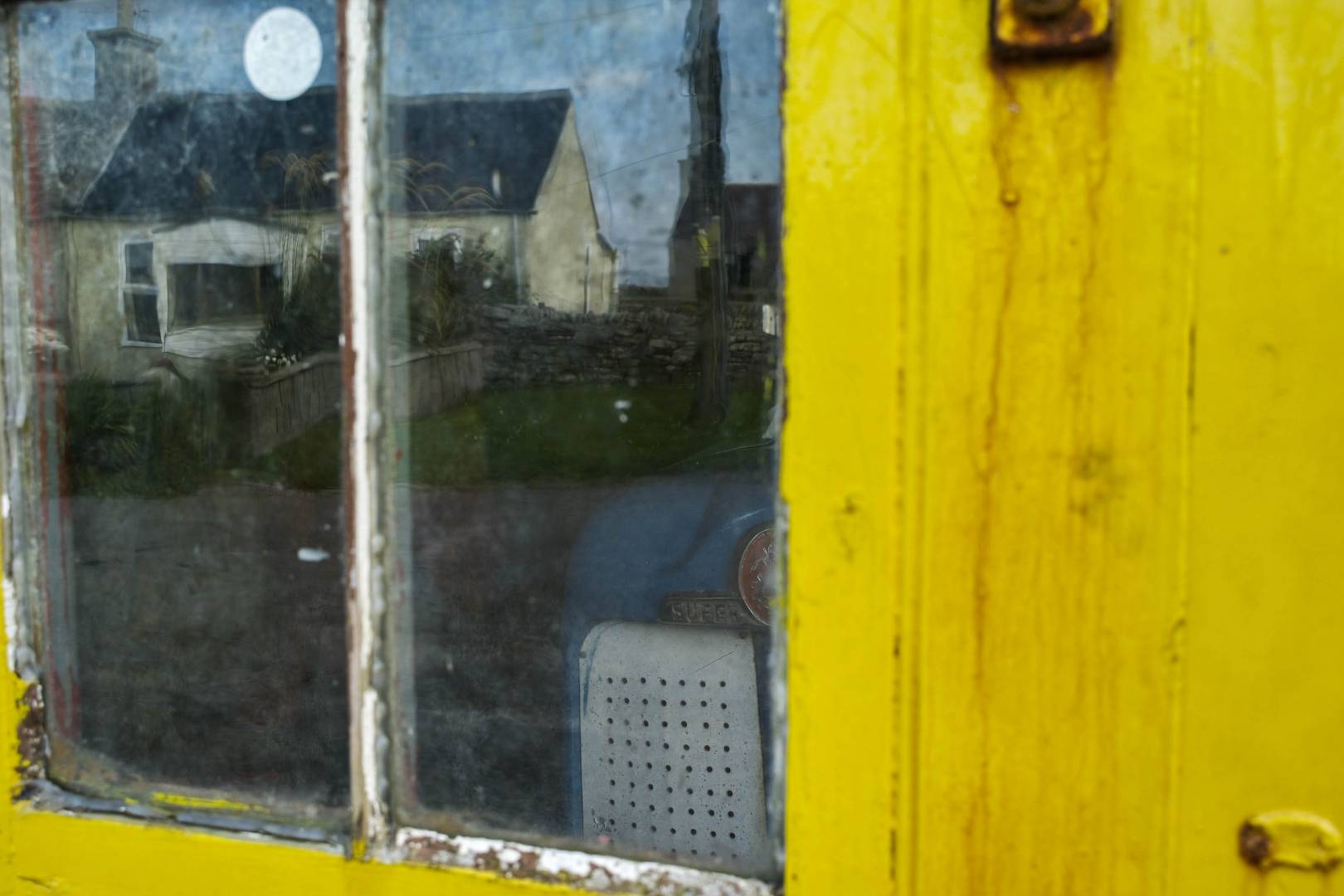
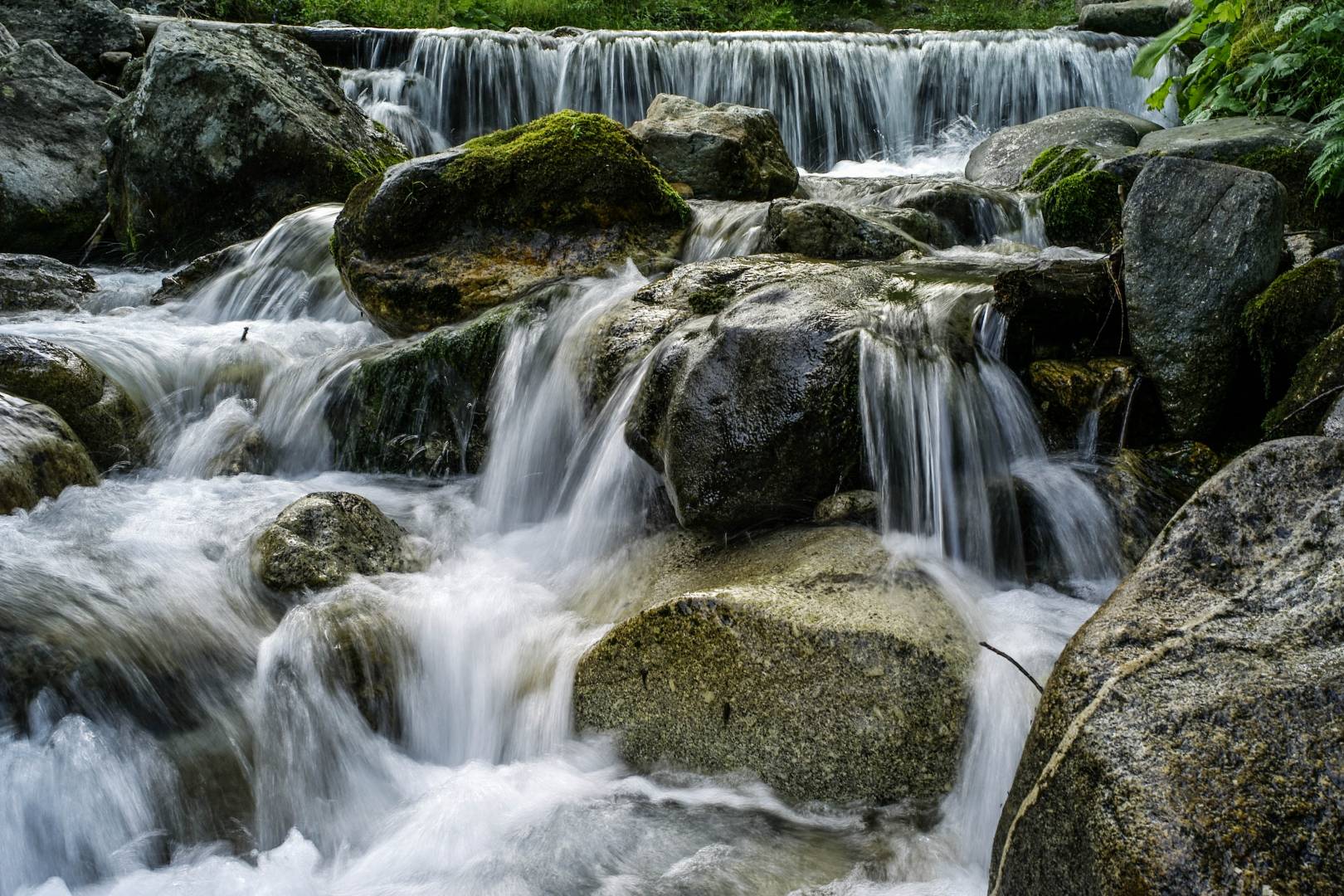
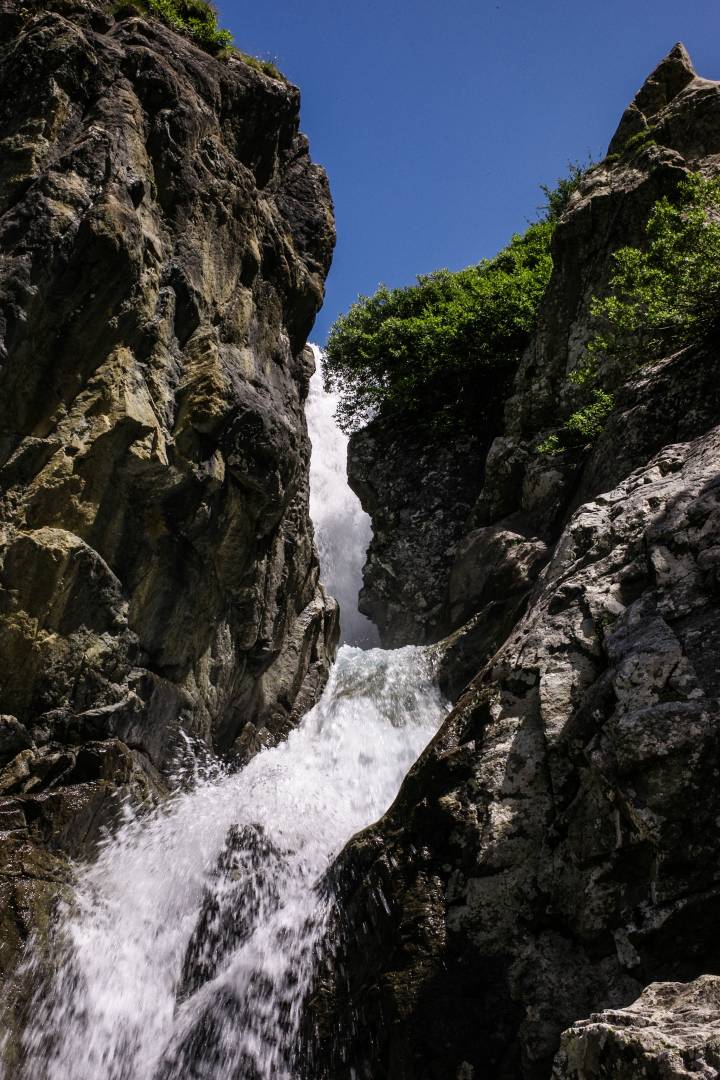
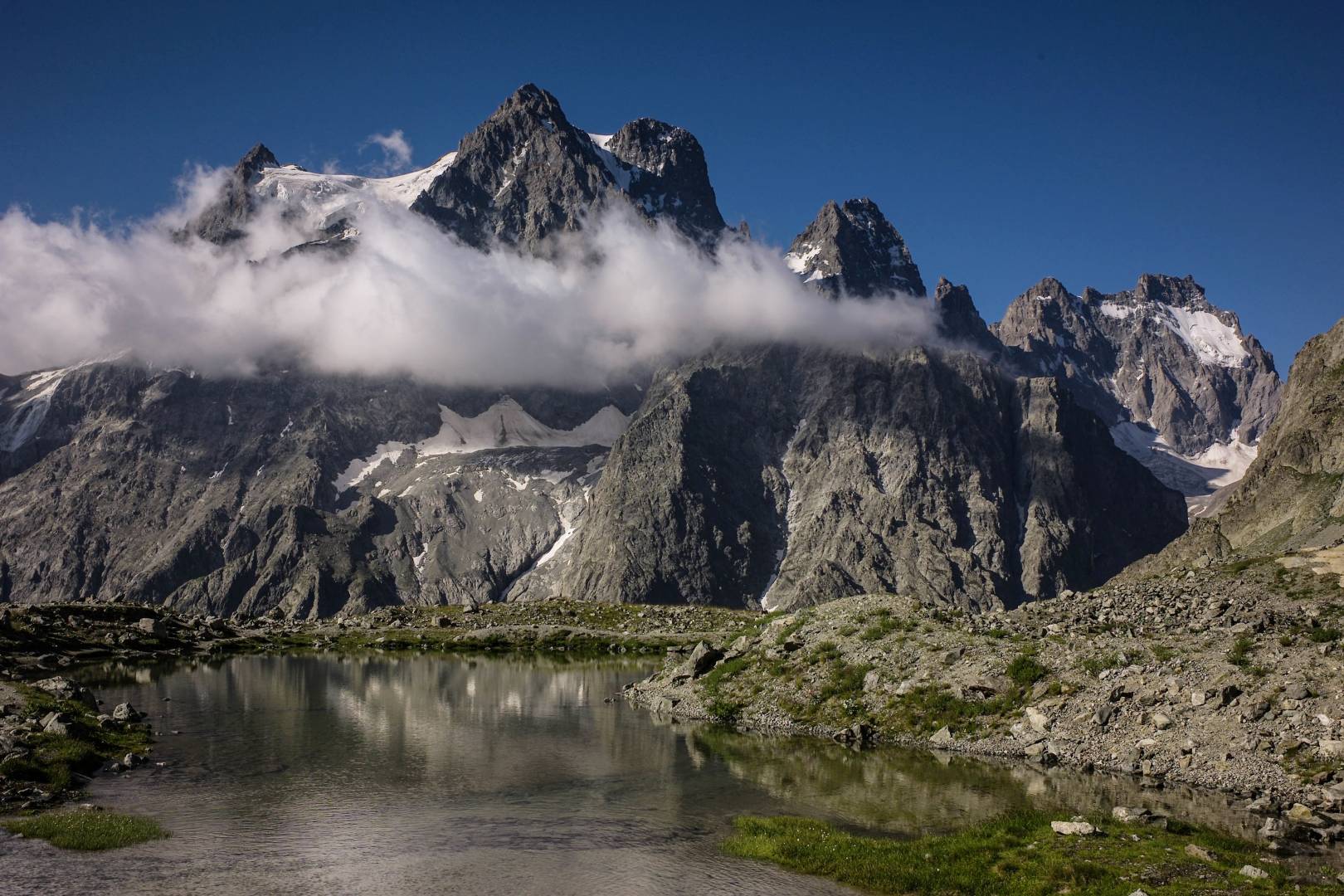
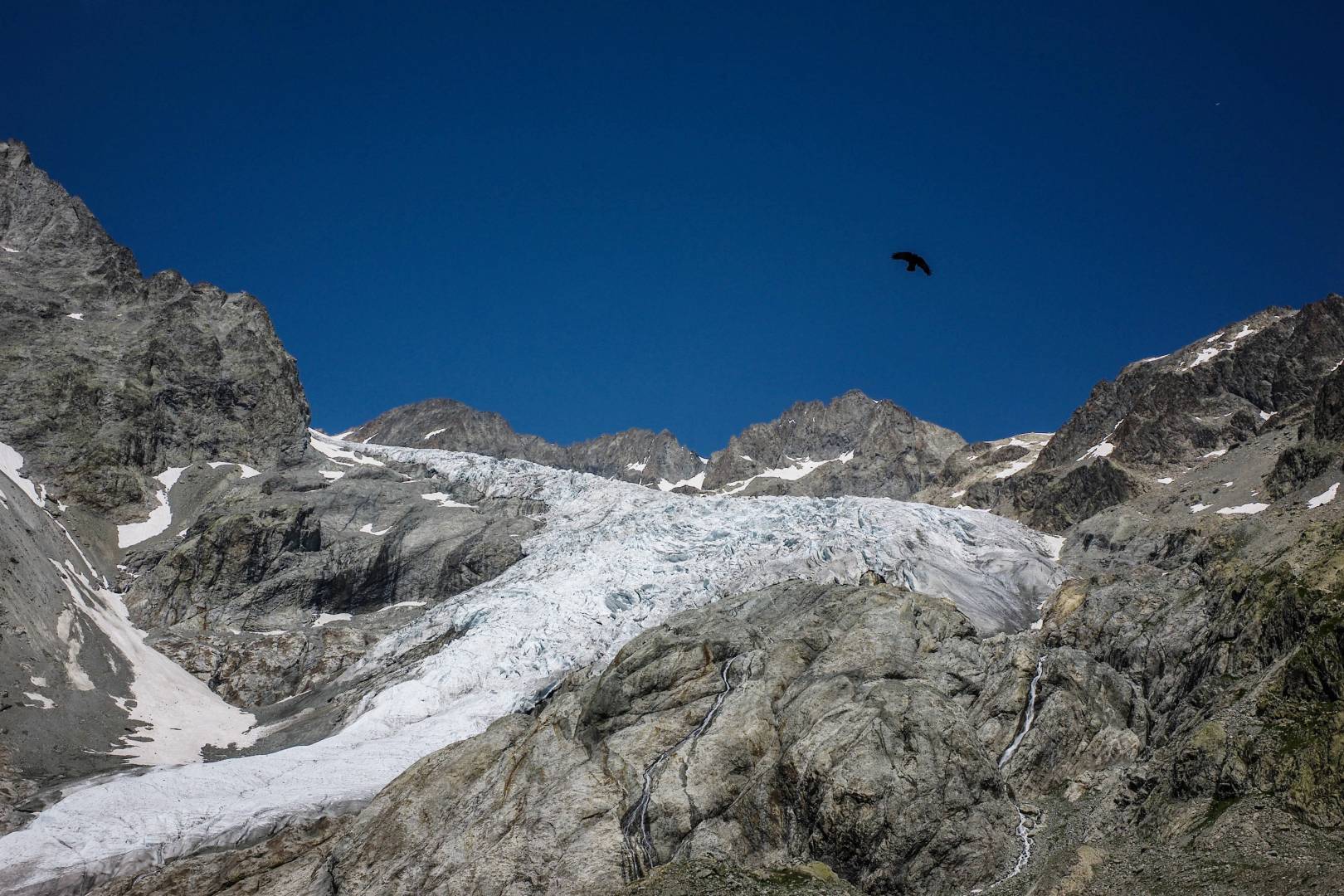
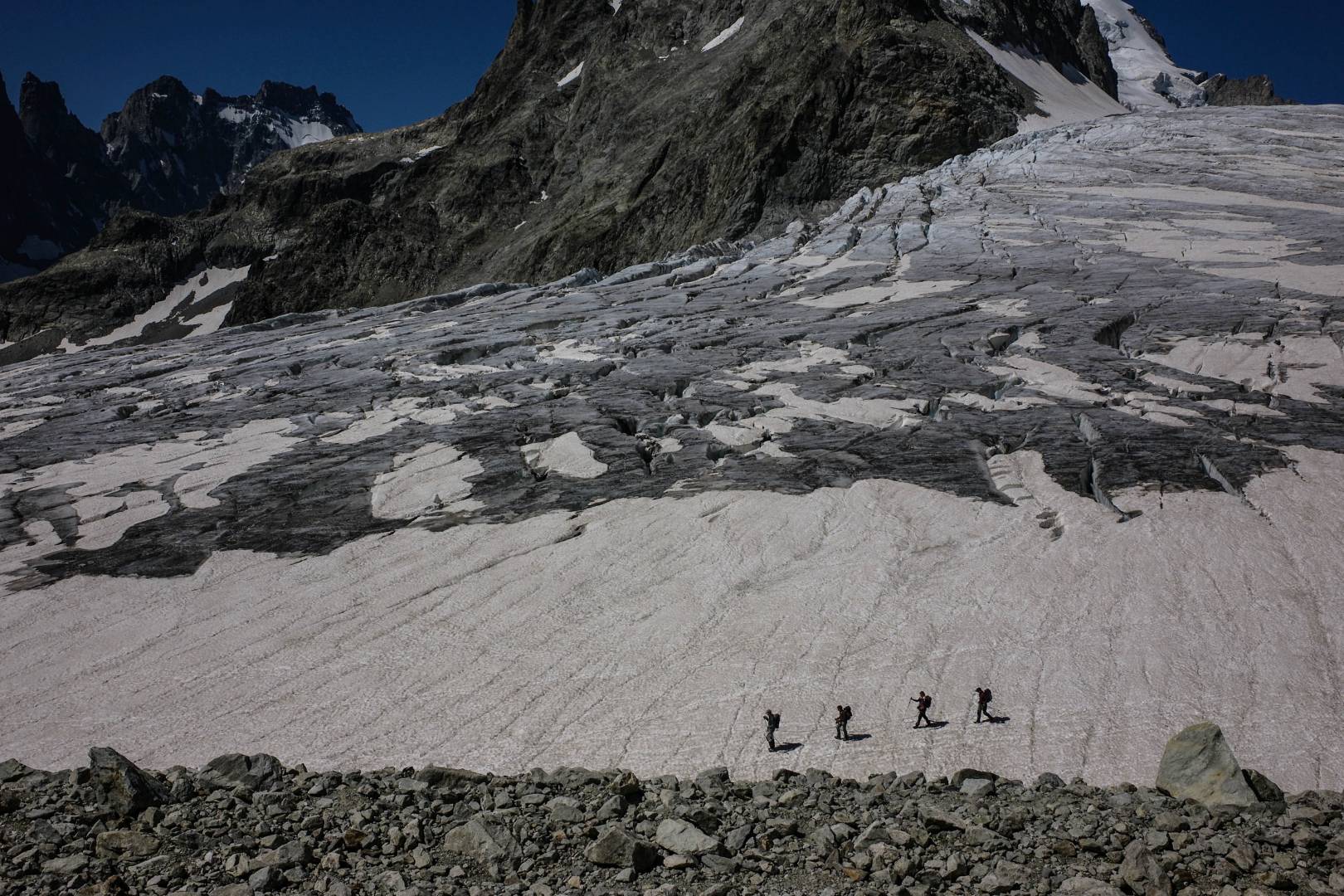
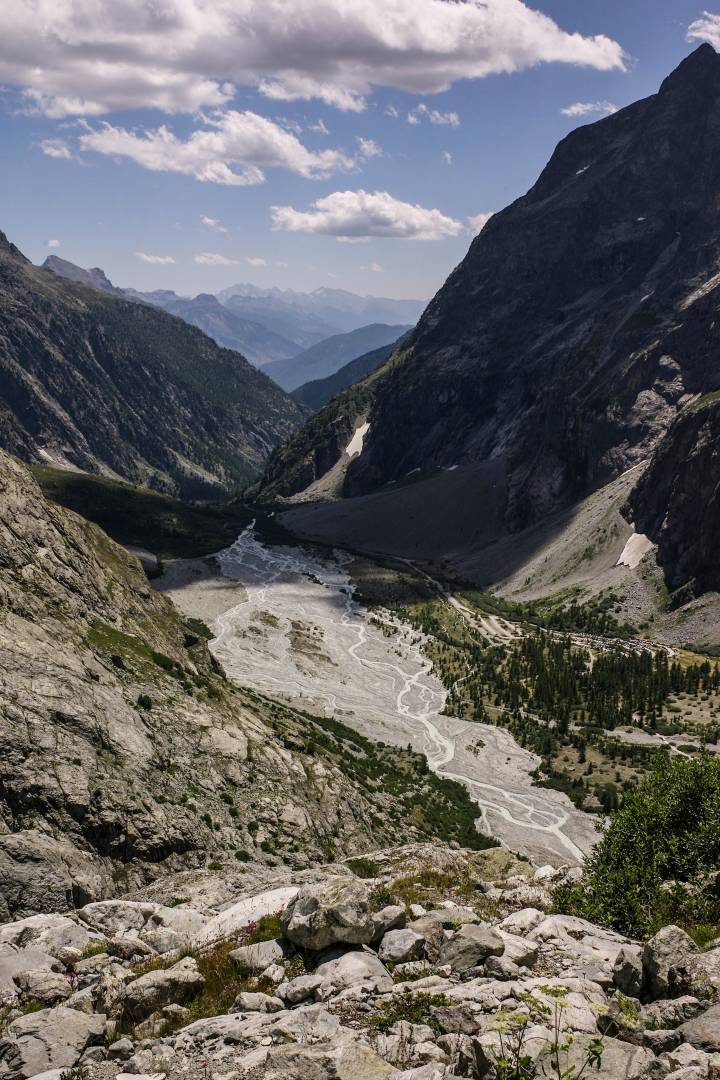

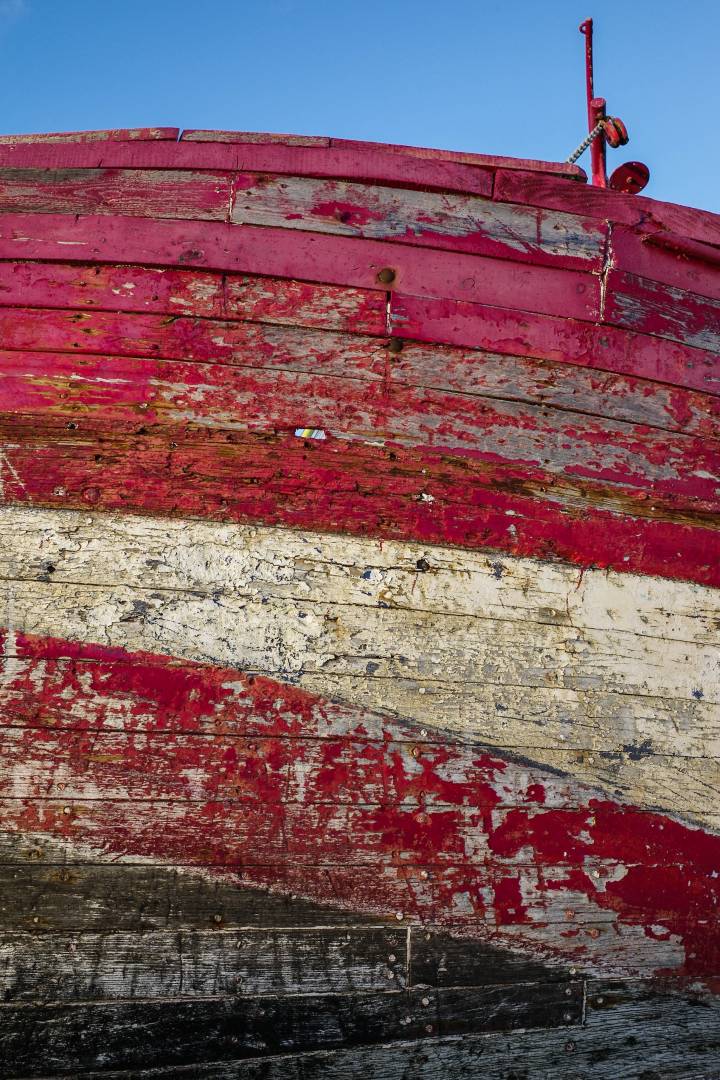

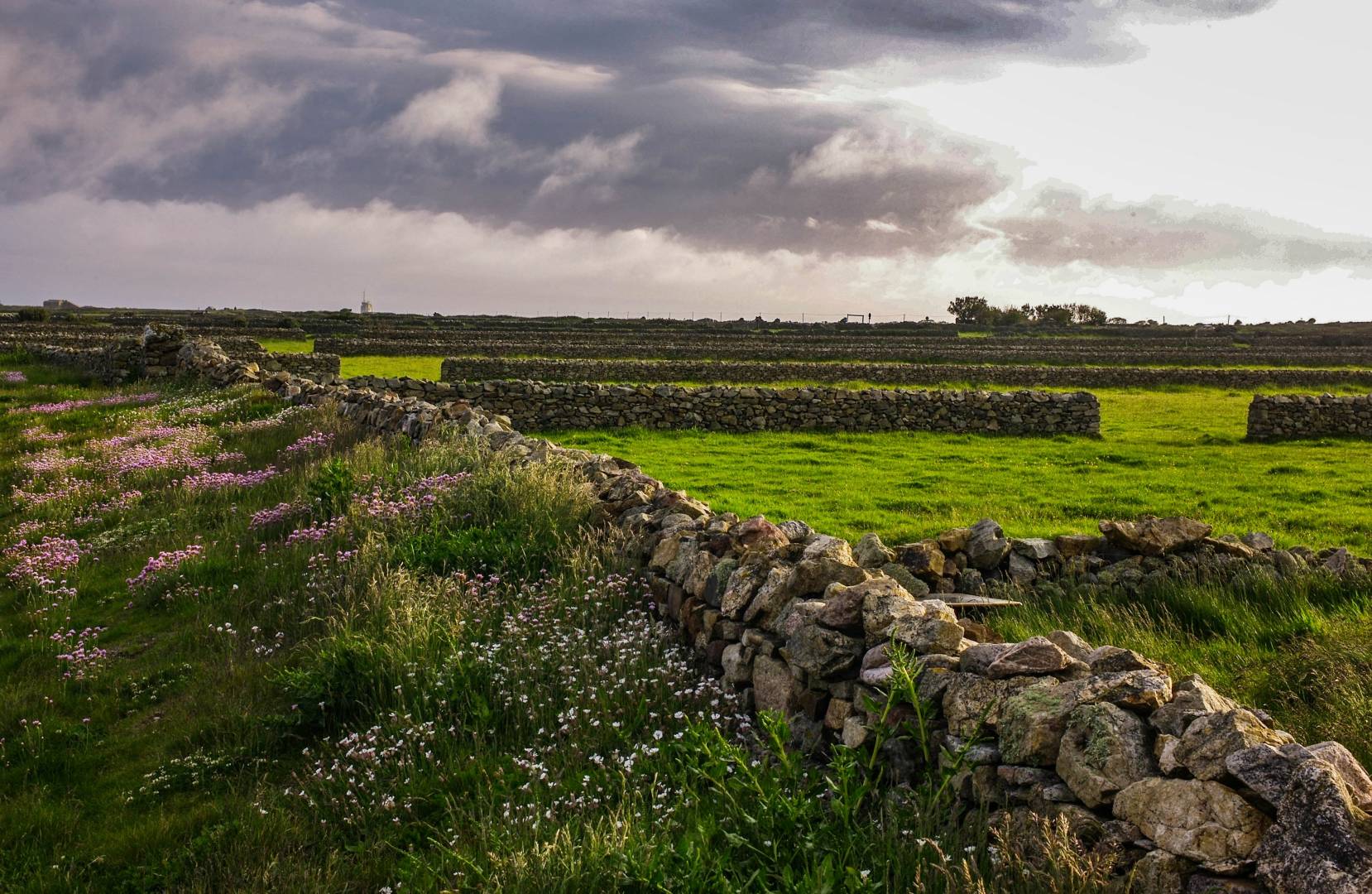
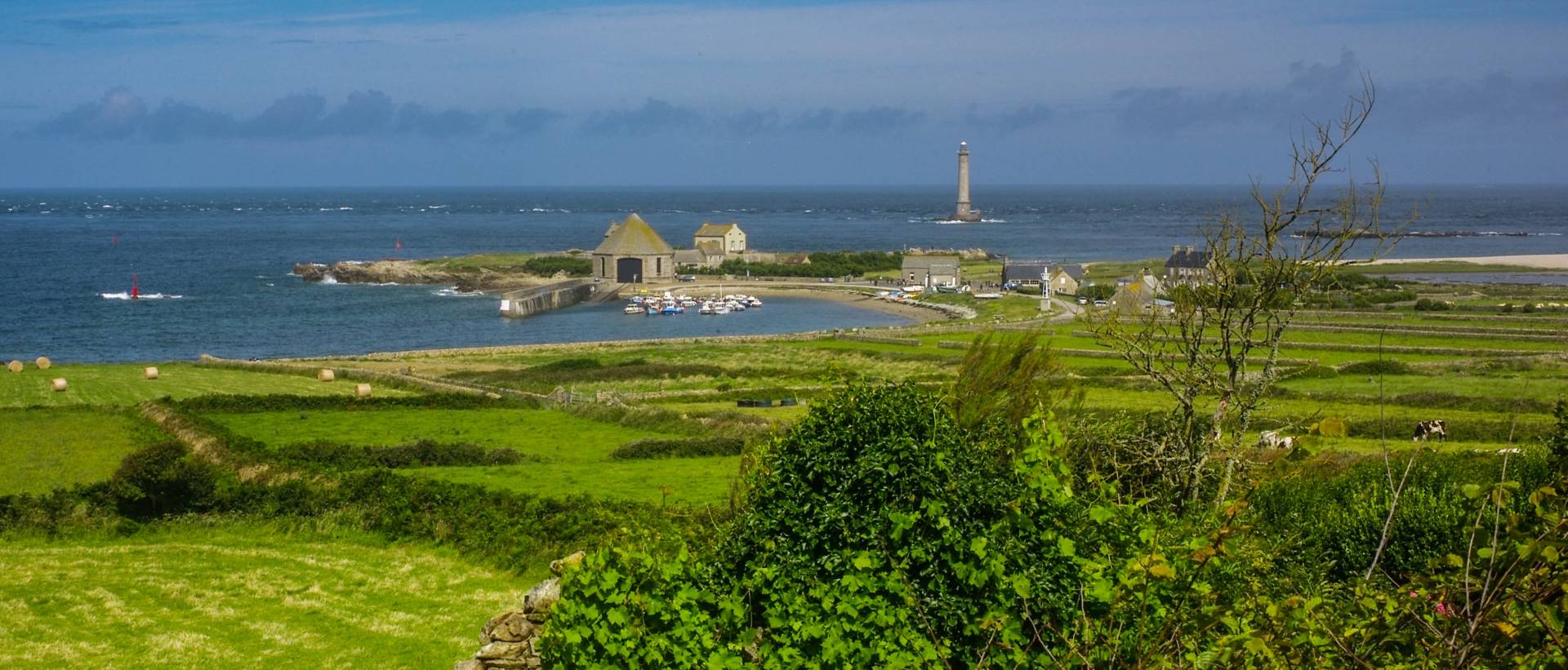
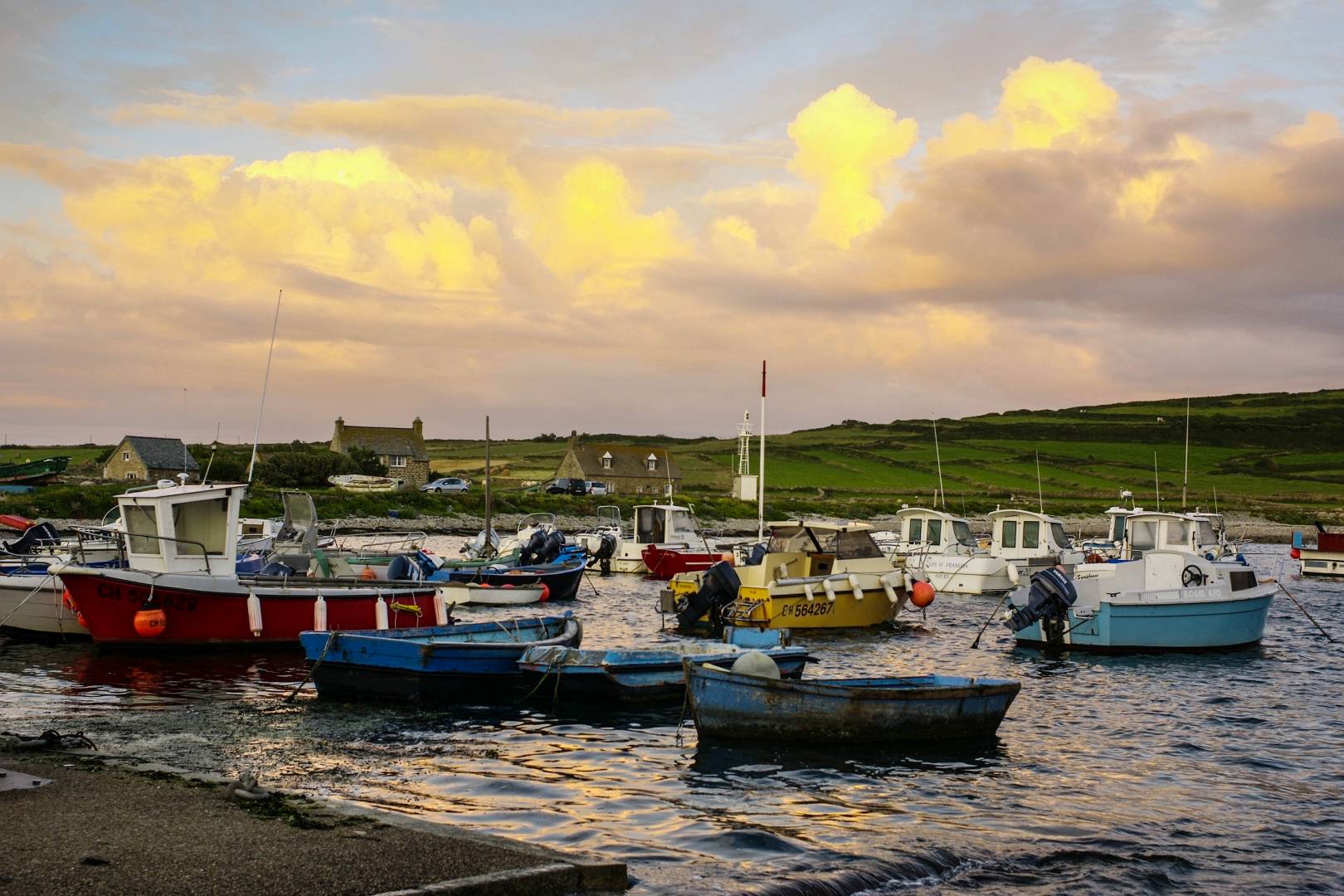
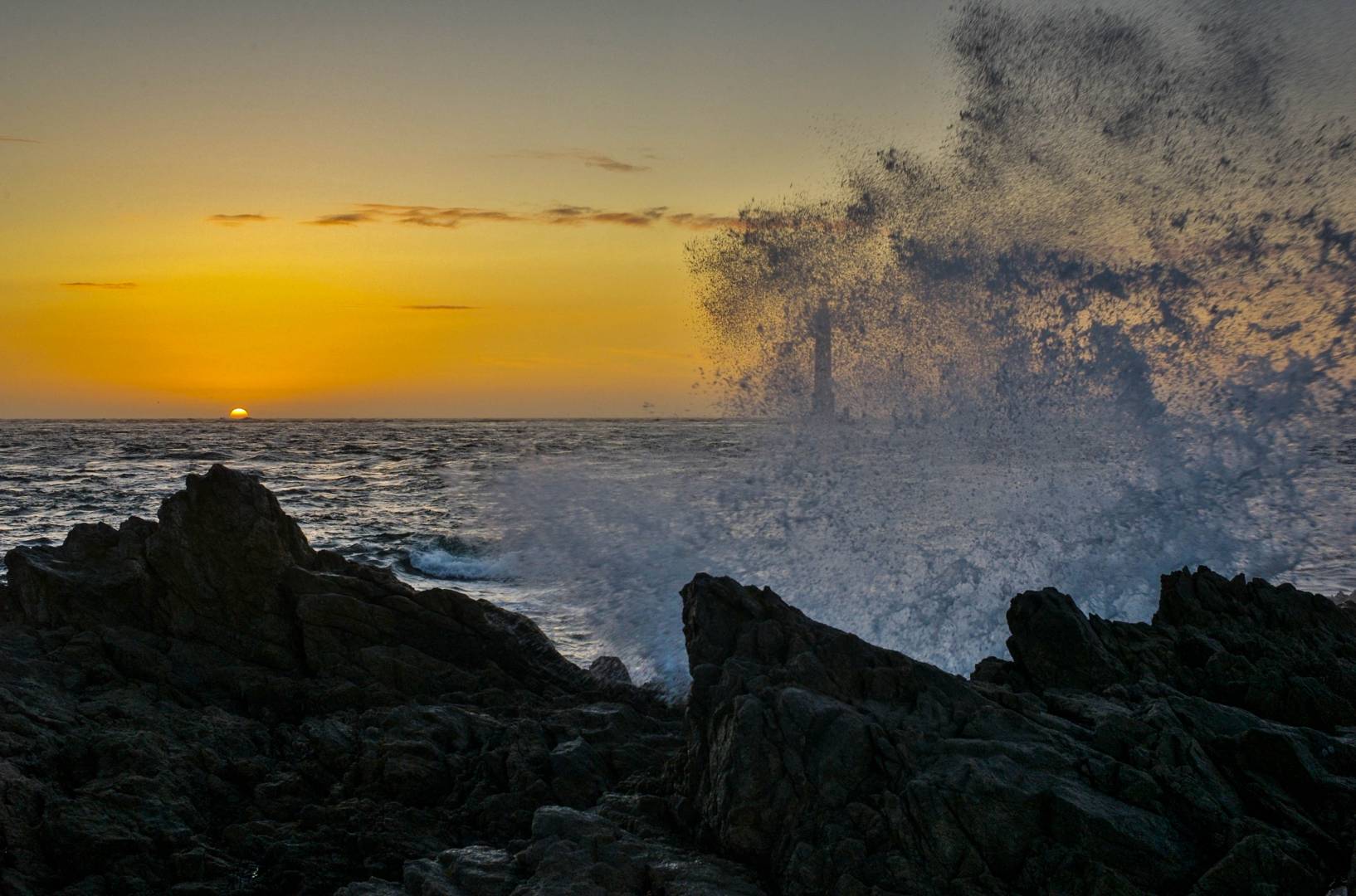
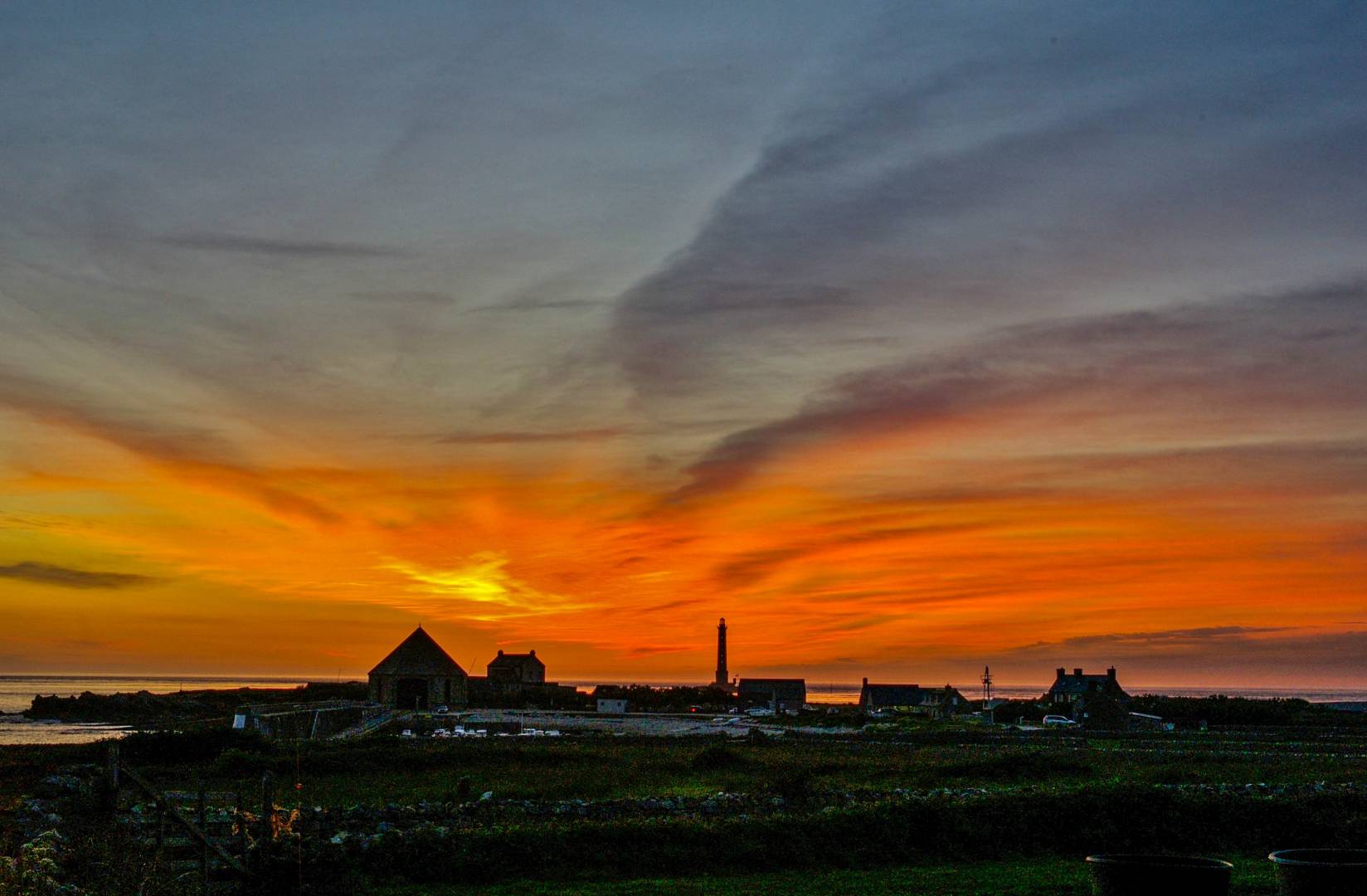
Great images and story, Jean.
Without question, imo, ccd’s have a distinct look. Especially the Kodak sensors. Even the old Olympus E-1 has a distinctive colour signature.
Several times I have been close to pulling the trigger on an M8. But the risk of a 1500 dollar paperweight has so far put me off.
Superb pictures and I certainly agree there was something very special about the M8’s Kodak sensor over the later M9’s etc, but I had two and developed a love hate relationship with both and in the end just could not continue to live with the M8’s constant battery and missed picture problems.
Leica made a massive improvement to things though with the introduction of the M8.2 and I do rather regret my not keeping one of them. Problem is however neither version is repairable if anything major like a sensor fails.
Beautiful images as always with your stories. I had an M8 many years ago and enjoyed it greatly and still believe it was an excellent B&W camera where the IR sensitivity became an advantage. It’s “issues” were no impediment to you making great photos.
Thanks Richard,
The more I get messages, the more I regret letting it go
A great recommendation for the M8 and a “midget” recommendation for Scotland at that time of the year! Otherwise, it’s all been said, and I’ll just join in the chorus of admiration for your photos and your story. It makes me wonder whether a second-hand M8 (or M8.2 ?) might be a better way into rangefinder exploration than the latest M-E.
Thanks John,
If you can put up with the the IR issue and the other quirks (and the rangefinder if you don’t suffer from severe astigmatism) the M8 is a wonderful camera. It’s a camera that makes you slow down, something I appreciated when I still owned it. If yo already have M lenses, have a look also at the M9 if the sensor has been changed.
Jean
That’s something which I never understand – why would I want to be slowed down?
I could buy a car which has only 1st gear ..that would slow me down ..but I could also drive any car in just 1st gear and be equally slowed down: it doesn’t really need a special type of car.
I could slow down with any camera; just doing whatever I do ..but more slowly. But why? If one really wants to slow right down I’d suggest an upside-down-image, cloth-over-the-head, fixed-to-a-tripod 10×8″ view camera. Try shooting from the hip with that!
But what’s the advantage of “slow photography”? ..It seems to me to be making a virtue out of a camera’s shortcomings if it slows you down. If one wants to be contemplative, one can do that with any camera. But using something which “slows you down” seems a weird thing to do (..and I used to own an M8, and thought it was awful: I chopped it in for an M9, which was marginally better).
Why not watch films at half speed? ..That’d “slow you down”. Why not use a phone which works like a ‘simplex’ two-way radio ..just one person can speak at a time, and you have to squeeze the Press-To-Talk button to make yourself heard ..and that prevents you simultaneously hearing what the other person’s saying. ..That certainly “slows down” a conversation.
I just don’t get why “slowing down” is supposedly a good thing in itself when applied to photography. Ansel dashed to make that photograph of the moon at Hernandez. Stopped the car, jumped out, assembled his camera, guessed the exposure ..Quick, quick, quick!
And one can choose to slow oneself down – do everything at half speed ..contemplatively – with any camera, like choosing to eat at half speed: you don’t need a special set of cutlery, you just choose half speed eating ..but – this is my question – why would you want to do that?
I think this description of “slowing down” is a misunderstanding, a mis-representation of what’s going on: one can be contemplative – if that’s what’s meant – without using any camera at all.
Hi David
By slowing down I meant I took more time to make a shot when I had rangefinders (the analog leica cl, contax G1 and G2 and finally the M8). I frame and shoot much faster with my other cameras. It’s not a matter of being contemplative. For me making images with rangefinder has always been a slow process.
Outstanding photography. You really have the eye.
Thanks René
Thanks Frederick,
Were the midges imported by Scottish people in the past?
Thanks Jean, lovely photos and words. By the way, if you are ever in New Zealand you will find the local midges equally as ferocious as their Scots relatives.
Nice story and nice photos, Jean.
I also struggled with the rangefinder focus due to eyesight issues, in my case on my M6, so I was never tempted into an M8. I agree with your comments on the CCD sensor. In fact for many years I was under the impression that the X1 had a CCD sensor and that was part of the explanation for its beautiful renditions. Tech head Wayne eventually put me straight on that.
I am literally just about to fly off to Singapore for a few days- a short 8 hour flight away-and this time I have packed the Q and the X1 stays at home so for a few days anyway I am Mr Q..
Morning Mr Q. Does this technically mean you are now working MI5?
Thanks John,
Enjoy Singapore and looking forward to your images
Jean
Great article Jean. Your images drive home the message that light and composition and rendering produce excellent results. Good gear, even from past camera generations, is a catalyst for these captures.
Thanks Wayne,
Old gear are more straightforward to use.
Hi Jean,
That is an amazing collection of images, and I agree about CCD sensors, such as shame they seem to have dropped off the face of the earth (almost), I for one wish that they had been more development of them.
I follow a chap on youtube, who shoots with an M8, his images are a joy to see, and I would recommend his videos to anyone who is interested in rangefinders. (Ive added link, but not sure if it will work).
Here’s hoping the Perenet archives give up some more epic stuff in the future – you could go in to competition with Mr X1’s archives.
Dave
https://www.youtube.com/channel/UC2Mkxf1n2TEnjuKIxf7S-DQ/videos
Thanks Dave,
CCD do have a unique rendering. The link works perfectly and am going to dig a bit into it.
Jean
An interesting article Jean and my favourite image is that of the boat at the Kyle of Tongue. You have my sympathies about the midges, I’ve watched them eat the repellant on my arms.
Thanks Kevin,
midges are terrible nasty things, aren’t they. hope youre covered from their stings!
To Kevin A.
What a silly thing to do,
When a gnat flies at you,
To let him on your arm alight
and then expect him not to bite.
“How was I to know, I pray,
Just what pranks gnats can play;
This one was such a tiny thing
I didn’t think it had a sting.
Now I see that I was wrong,
Gnats are all far too strong,
For on my arm he danced a jig
And now it’s swollen twice as big!”
Folk song (Eastern Europe?)- lodged in my memory since ca. 1948 !
John, that brings a smile to my face. So true!! Kevin
Boy you really have had some wonderful times with your cameras, and I think it shows in your photos. Thank you, now go Slovenia so you can mesmerize us all!
Thanks john,
I know what I’ll pack for Slovenia:Leica X2 + Ricoh GRD IV + polarizing and nd filters for the X.
I just hope I’ll manage some decent images.
You won’t be disappointed with slovenia I wrote a piece for this blog about it shot on my M9. I shot with panoramic in mind as I miss my Xpan. Slovenia is a wonderful country. Here is a link to the Macfilos blog https://www.macfilos.com/2018/09/03/2018-8-23-introducing-the-leica-xpan/
Jean, thank you for your informative story and truly beautiful colour landscapes, aided by your no longer owned M8.I endorse all you say about that camera. I owned two M8s and still have one. Dealers refused it as trade-in because of support difficulties. So I kept it and have no regrets.
I had similar problems with eyes and rangefinders. But in my case my optician recommended corrections based on axial adjustments. Transition was painful and I nearly gave up. But eyes and brain eventually came to terms with the change and I then had no difficulty with my rangefinder.
Thanks David,
Unfortunately I’ve no optician wizard nearby where I live but I’m not over with rangefinders. If I could get a decent M8 or M9 with a new sensor (that doesn”t have the issues of the M9 sensor) I would take the plunge with a28mm so zone focusing with the DOF scale would not be much of a hassle . I find it a pity Leica did not continue with the CCD sensor and their new Ms. The output of my ricoh grd4 with its ccd sensor is really amazing, not the best camera in terms of specs but I’ve found that I tended to take it as soon as I went for a walk. My wife owns a GXR with a 24-72 zoom lens with a ccd sensor. The output is amazing. Sure these sensors have their flaws but they still produce beautiful images.
Jean